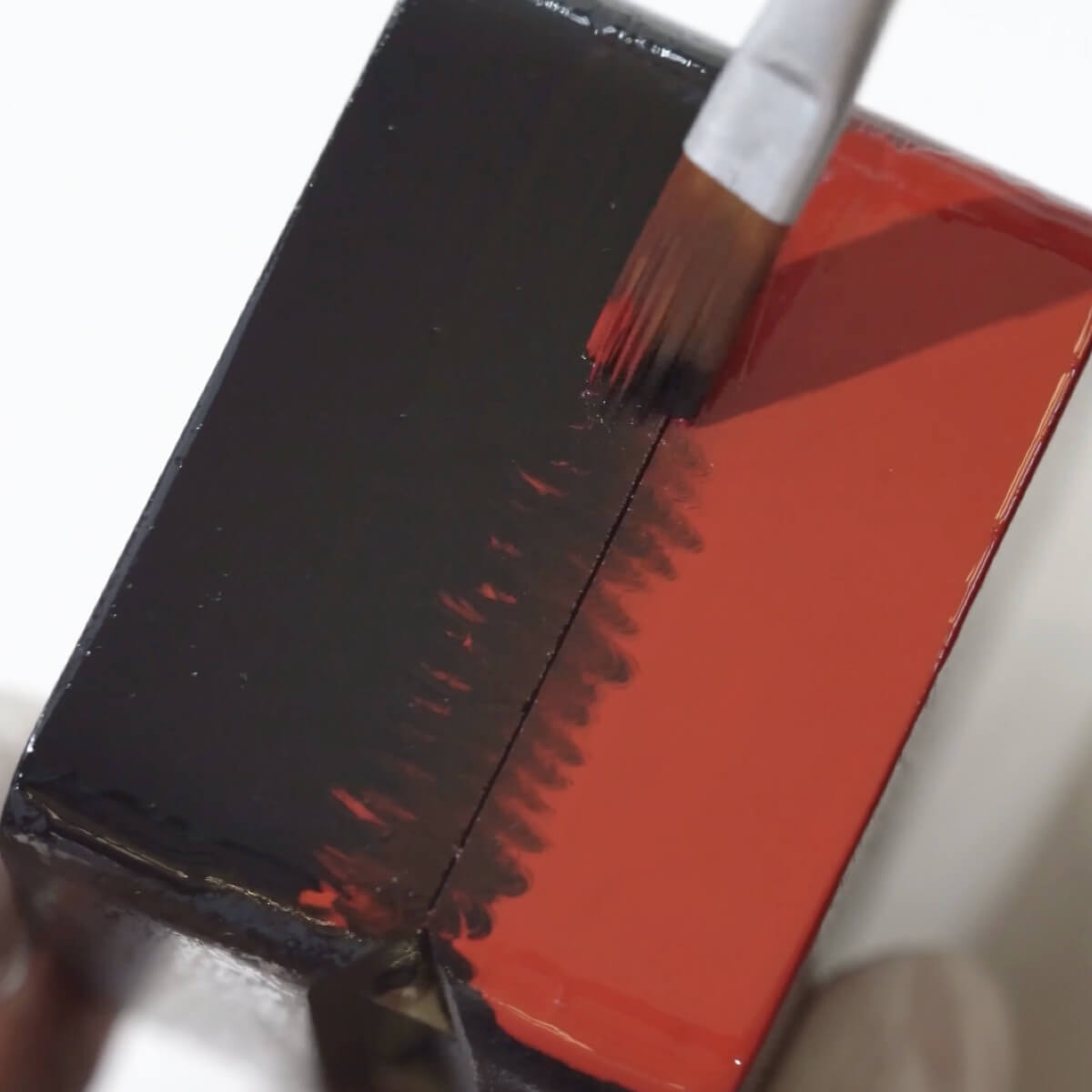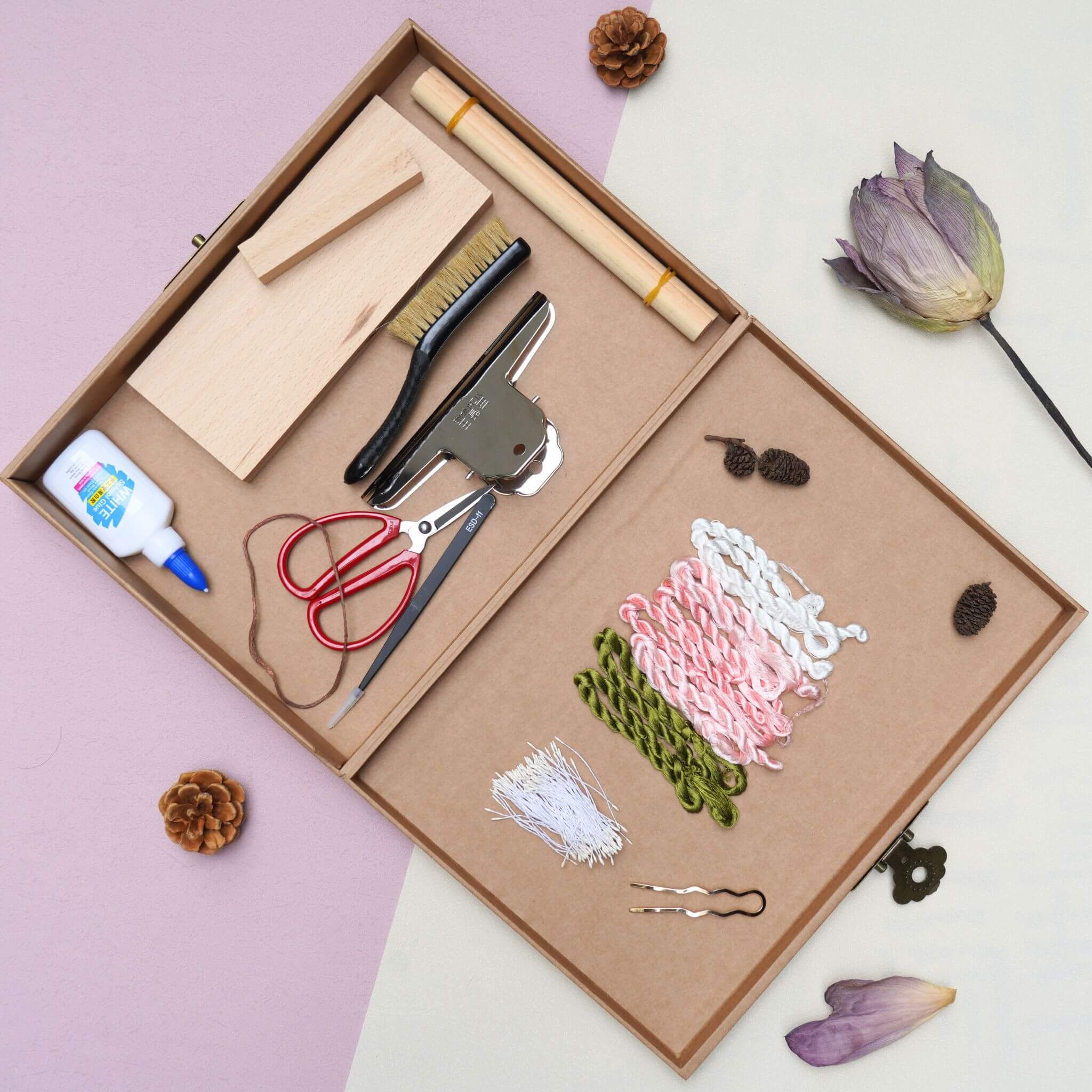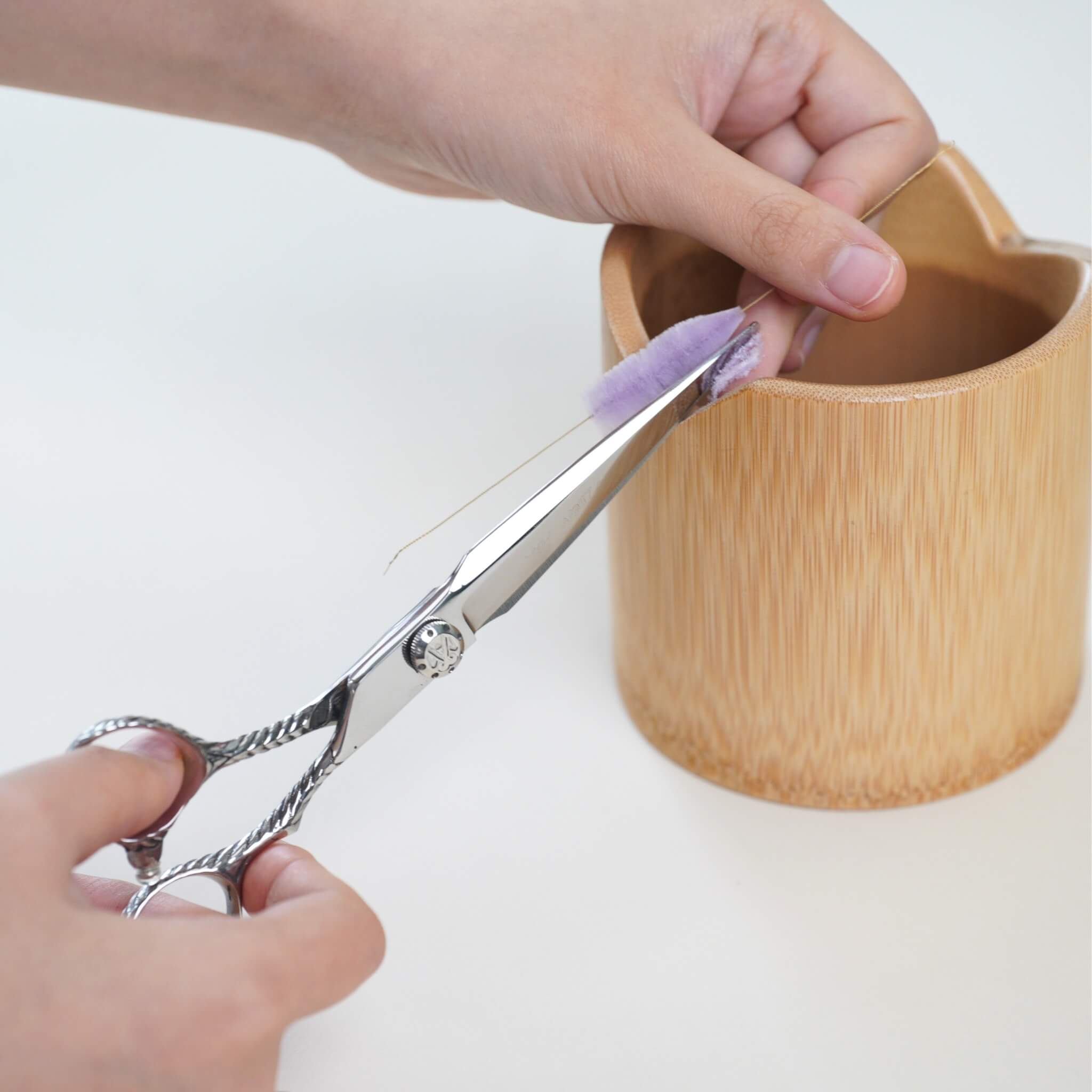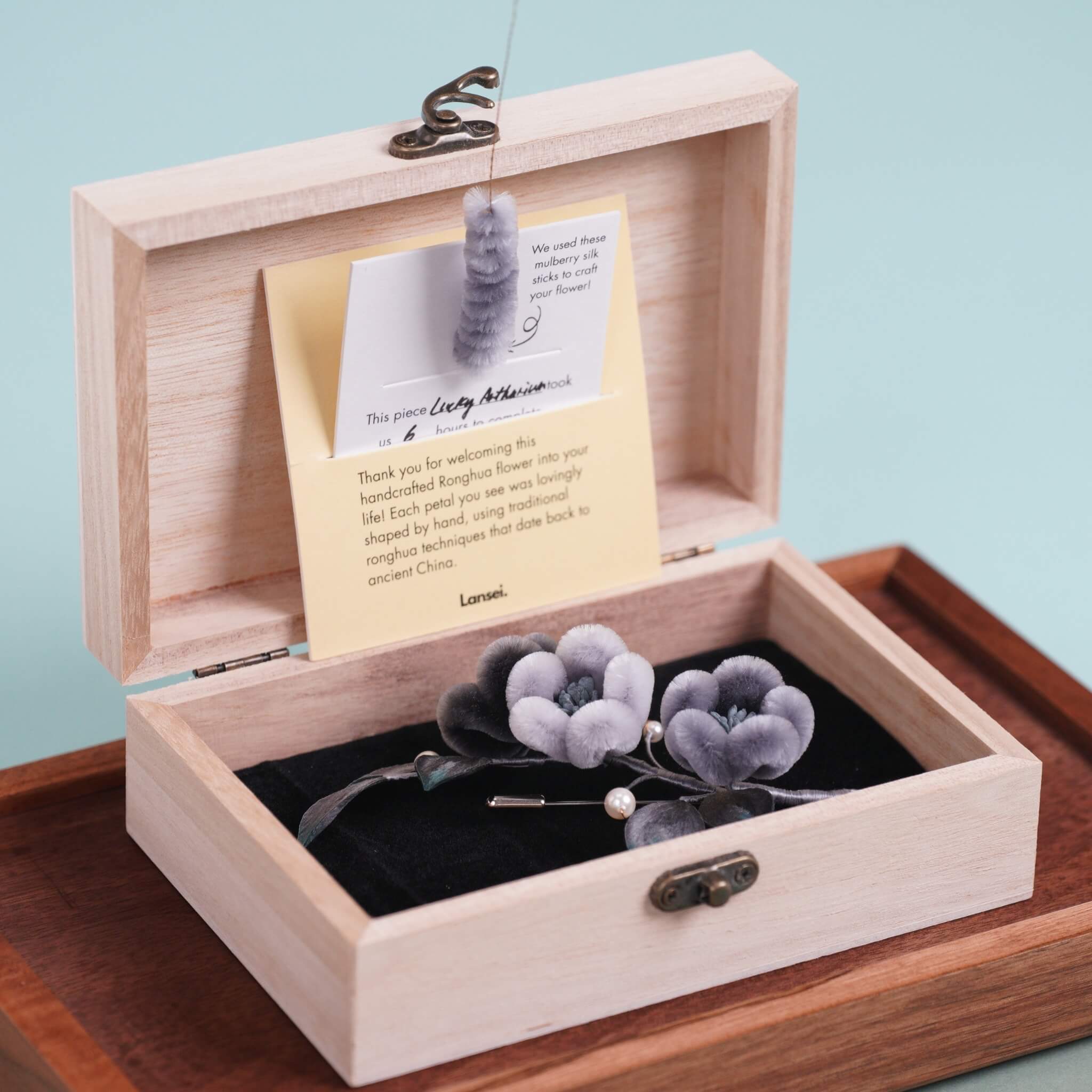Bamboo, with its innate strength and flexibility, has been an integral part of China's cultural and artistic heritage for centuries. One of the most captivating expressions of bamboo's versatility is seen in the intricate art of bamboo weaving. In this blog post, we'll delve into the world of Chinese bamboo weaving, uncovering its common patterns and techniques that have been passed down through generations.

Bamboo Weaving: An Ancient Craft Reimagined
Bamboo weaving has a rich history in China, serving both functional and aesthetic purposes. From everyday items to elaborate artworks, this craft has evolved into a diverse range of techniques and patterns that reflect the country's cultural diversity and artistic ingenuity.

Common Patterns:
- Woven Surfaces:
One of the fundamental techniques in bamboo weaving is creating woven surfaces, often used for baskets, mats, and other utilitarian objects. Patterns can vary from simple checkered designs to intricate geometric arrangements, each serving a specific purpose while showcasing the weaver's skill.

- Twill Weaving:
Twill weaving involves a diagonal pattern that adds texture and depth to bamboo pieces. This technique is often used to create intricate patterns on larger objects like screens, room dividers, and decorative panels.

- Chinese Knots:
Chinese knots are an art form within themselves, intertwining delicate bamboo strips to create intricate, symmetrical designs. These knots are often used to embellish bamboo items, adding a touch of elegance and cultural symbolism.

- Openwork Patterns:
Openwork patterns involve creating intricate cut-out designs by meticulously weaving bamboo strips together. These patterns are commonly used in lampshades, window screens, and wall hangings, allowing light and air to pass through while creating captivating visual effects.

- Interlocking Patterns:
Interlocking patterns are achieved by weaving bamboo strips in a way that they connect seamlessly, creating complex, interwoven designs. These patterns are commonly seen in furniture pieces, reinforcing both aesthetics and structural integrity.

Bamboo Weaving Techniques:
- Coiling Technique:
In coiling, thin bamboo strips are wrapped around a core, forming a spiral pattern. This technique is often used in making baskets, bowls, and other round-shaped objects.

- Plaiting Technique:
Plaiting involves weaving two or more strips of bamboo in an over-and-under pattern. This technique is versatile and can be used to create various patterns, from simple checkerboard designs to intricate motifs.

- Split Bamboo Weaving:
In split bamboo weaving, bamboo strips are carefully split into thinner strands and woven together. This technique allows for more intricate detailing and delicate designs.

- Twining Technique:
Twining involves weaving bamboo strips around upright stakes to create a sturdy structure. This technique is commonly used in creating mats, chair seats, and even larger structures like pergolas.

- Intertwining Technique:
Intertwining involves weaving two sets of bamboo strips in opposite directions to create a balanced, symmetrical pattern. This technique is often used to create intricate lattice-like designs.

Bamboo weaving in China encapsulates both artistry and functionality, weaving together tradition, culture, and creativity. Each pattern and technique holds a story, connecting us to the skilled artisans who have kept this ancient craft alive. By exploring these common patterns and techniques, we gain a deeper appreciation for the timeless beauty and ingenuity of Chinese bamboo weaving.














Leave a comment
All comments are moderated before being published.
This site is protected by hCaptcha and the hCaptcha Privacy Policy and Terms of Service apply.